Recently, while I was waiting at a crowded restaurant, I found myself interacting with a toddler and his mother. I smiled, played peek-a-boo, and gave him a playful “Hello!” At first, he hid behind his mother’s legs, peeking out at me every few seconds. Suddenly, he ran to me and wrapped his arms around my calves, refusing to let go.
It was the sweetest thing! His mother laughed a little and apologized, but I wasn’t mad. This is normal for me. It served as another reminder that the pure-hearted can sense my motherly energy. I knelt down, reciprocated his embrace, and felt empathy connecting us.
What is an empath?
Do you often find yourself to be overly generous and highly sensitive to your surroundings? Do you prioritize experiences over material possessions? Do you crave solitude? If so, you may be an empath.
While many people are capable of feeling empathy, being a true empath involves a deeper level of emotional intelligence. With proper discernment, empaths can understand and appreciate the suffering of others without directly experiencing it themselves. Dr. Judith Orloff has a helpful list of twenty traits that characterize empaths, which I found valuable in confirming my own empathic nature—I checked “yes” to every single one of them!
Empaths are curious about strangers, exhibit more interest in others than in themselves, and are less likely to hold to social stereotypes. Unfortunately, their authenticity may come across as disingenuous to some. Empaths may find it challenging to fit in, and relationships or social events can be draining. We can also be very forgiving, which can make us appear weak or naïve.
Scientific research on empathy has shown that only a tiny fraction of the population consists of true empaths. Dr. Michael Banissy and Dr. Natalie Bowling at Goldsmiths University of London conducted years of research on empathy. Their findings concluded that mirror-touch synesthesia—the phenomenon of mirroring and feeling the emotions of others—is present in only about 1-2% of humans with hypersensitive mirror neurons.
My own empathy
I’ve often heard others remark that I’m an empath. I must admit: I wear my heart on my sleeve.
I’m an emotional creature and a deep thinker; I feel the emotions of others as if they are my own. Pain, happiness, joy, anxiety, fear, sadness—I absorb them. It can be overwhelming.
In the past, I jokingly responded, “It’s a blessing and a curse! Mostly a curse!”
The empath’s “curse”
I once cursed my empathy. The ability to feel another’s pain meant that I absorbed it without being able to distinguish it from my own. My body reacted in visceral ways, and I wanted to be able to release the stimuli that had violated my inner peace.
Reflecting on my years of anxiety, chronic fatigue, panic attacks, and autoimmune symptoms, I see that these signs were a direct result of my tendency to internalize the pain of others. To stop viewing my empathy as a curse, I learned how to better control it. I taught myself to differentiate my own emotions from those of others so I wouldn’t be overwhelmed by what I now consider my superpowers. Today, I am grateful and will never again curse my empathy.
Feeling overwhelmed and overstimulated as a child
From a young age, I was easily overstimulated, but I struggled to articulate how “different” I felt compared to the other children. I wanted to fit in, but I just couldn’t. While my classmates effortlessly went to football games, concerts, and busy public places, I found these environments overwhelming. Sitting in the crowd of a large stadium was not exciting for me–it was torturous. The bright lights were blinding, the billboard graphics pierced my amygdala, and the crowd hooping and hollering brought me to tears. I wondered what was so wrong with me.
As I got older, the overstimulation persisted. In college, I spent countless nights tossing and turning in bed, disturbed by the sensorial overwhelm of sounds from the city below me. Why couldn’t I find the peace I so desperately craved? All I wanted was to retreat, escape to the middle of nowhere, take a bubble bath, binge Gilmore Girls, and forget about the outside world.
The innate beauty of high sensitivity and empathy
In the past, I wasn’t certain about identifying as an empath or a highly sensitive person. The only descriptors that I came into contact with were the dehumanizing and inaccurate diagnoses I received from healthcare providers. The opposing narrative of what medicine labeled me had me feeling like an imposter. I was told I had a kind of “problem,” so that I felt guilty for even possessing such beautiful qualities associated with empathy and high-sensitivity.
How I embraced my own inner empathy
Recently, I have grown confident in calling myself an empath and highly sensitive person. Embracing my true gifts isn’t pathological; I had to look beyond the DSM to find confidence in my superpowers.
#1: I studied different personality types and accepted that not everyone reasons, thinks, and feels as I do
It was difficult for me to accept that some people blatantly lack empathy and do not have small egos. Encountering Machiavellian personality types—people who prey on compassionate individuals like empaths—led me to being exploited numerous times in the past. I poured my heart into many relationships in a desperate attempt to have friends, but to them, I was nothing other than a source of supply for their own gain.
I have too much respect for myself to continue to go on with energy vampires and emotional barnacles. It took me a while to identify who in my life genuinely supports me and is safe to trust. One of the greatest gifts from my healing journey is that I now know who those individuals are.
#2: I stopped trying to “fix” things external to me and overcame my people-pleasing tendencies
Realizing that not everyone is an empath, I learned to manage my empathy more effectively. In the past, when someone violated my trust, I would forgive them and empathize with them, trying to justify that their actions stemmed from their own pain. I often felt the need to get on their level and “help” their issues out of the goodness of my heart. This approach backfired; I unintentionally made myself easy prey for sick people.
I used to believe that it was my obligation to use my gifts to make the world a better place. However, I eventually came to realize that my people-pleasing tendencies put my health and safety at risk. I learned that my authenticity can’t change deceitful people, my kindness can’t soften hardened hearts, and that the only person I can change is myself.
#3. I slowed down, adopted a quieter life, and put my healing first
For years, I lived in a big city while wrestling with Complex PTSD symptoms. To kickstart my healing, I moved to a rural area, where the pace of life is slower. My only regret was not packing my bags sooner!
After about 18 months in the countryside, I felt replenished, and I was ready to return to the suburbs. I took all the tools I perfected in my cabin in the woods and implemented them as I moved to a new environment. After giving my psyche the time it needed to repair itself, I am now able to handle the stimulation of the city. The difference is that I know my needs and boundaries, and seek balance for a lifestyle that is mindful and consistent.
#4 I stopped blaming myself and developed self-compassion.
Looking back on all the ways I used to react to the trauma I endured, I have so much compassion for myself. That wasn’t the real Natalie; she was an overmedicated and dissociated caricature of me who was doing her best to survive. But rather than allowing medical providers to pathologize my sensitivity, I realized that I was someone who had normal reactions to abnormal situations. This means that I am a healthy person–not weird, incapable, or unhealthy. There is nothing to be ashamed of; in fact, I would feel ashamed of myself if I didn’t react to injustice with so much heart.
Something that helped me was taking one of my difficult experiences and imagining if it happened to someone I cared about. A daily ritual during my healing journey was to take a situation that was still contributing to my inner critic and envision how I would compassionately counsel my future daughter about it. I would look in the mirror and pour my heart out to her. Once I got over the initial awkwardness of doing this, it became a habit, and I developed true self-compassion.
#5 I stopped consuming media and began communing with nature
As humans, we are not designed to be confined to a desk, hunched over a computer. There came a point when I had grown exhausted with staring into a computer screen for ten hours each day. My attention span had become so short, and I had lost touch with my true home: Mother Earth. I made a point to spend more and more time outside and, now, I crave it daily. To regulate my circadian rhythm, I start each morning with my bare feet in the grass while the sun is rising. I also try to get as much mid-day sun as I possibly can. I hang out with any animal pals who want to join me for my grounding sessions—ducks, deer, lizards—and relish in the colors and textures of the leaves on the trees. Nature really is an empath’s refuge.
Learning self-compassion
I am proud to have finally grown out of survival mode. I have worked so hard, both in therapy and on my own, essentially making healing my full-time job. I have learned that with the right tools, I can release emotions and stimuli that do not belong to me. I once thought it was impossible to let go of the damaging emotions I took in (that kept my inner critic on infinite loop). Today, I am proud to say that the emotions I absorbed from my perpetrators are now disconnected from my flashbacks. What remains are the visual and auditory remnants of my trauma–but with no emotions attached. I am now beginning a thorough brain-retraining process, and I will not give up until every last little bit of flashback is eradicated forever. I am not afraid anymore.
My commitment to working on myself has paid off. I have developed a deep sense of empathy for myself (touché!) and my subconscious has been renewed. Ultimately, I want to experience high levels of sensitivity across the spectrum, rather than be someone who feels very little–or nothing at all. I choose to focus on empathy as a gift that has positives, rather than punishing myself for feeling or caring too much. Of course, this takes self-knowledge and patience. Today, I pride myself in my ability to make a difference in the world by simply slowing down, listening to myself and others, and being in tune with my surroundings.
I am proud to be an empath
Growing up, some teachers and mental health professionals misunderstood and shamed my gifts. However, I now know that being different is a good thing. My sensitivity is an integral part of who I am, and the world needs as much empathy as it can get. I am no longer worried about fitting into other people’s standards, and don’t hold myself to their false narratives. This newfound confidence has helped me persevere through difficult experiences and even shielded me from others taking advantage of me. By listening to myself and nurturing my empathy and sensitivity, I have become wiser, stronger, and better prepared for the future. Now, my greatest challenge is how to use my gifts to impact the world around me.
I have always felt a little different from others–and I still do. And that’s a good thing! I will never again curse my superpowers.
Here are some books that helped me understand being an empath and highly sensitive person:
- The Highly Sensitive Person by Elaine N. Aron
- The Empath’s Survival Guide by Judith Orloff
- Highly Sensitive People in an Insensitive World by Ilse Sand
“To feel intensely is not a symptom of weakness. It is the trademark of the truly alive and compassionate.”
~ Anthon St. Maarten
Photo by Satit Wongsampan on Unsplash: https://unsplash.com/photos/woman-in-white-long-sleeve-dress-standing-on-green-grass-field-during-sunset-vG46wEciGSg
To my readers who have been following my journey: I am excited to share that I have created a personal blog called “Little Cabin Life.” This blog chronicles my healing journey, where I share my experiences and the things I am doing to support my recovery. You’ll also find tips that have been helpful to me along the way. If you’re interested in following my story, please feel free to visit www.littlecabinlife.com.
Guest Post Disclaimer: Any and all information shared in this guest blog post is intended for educational and informational purposes only. Nothing in this blog post, nor any content on CPTSDfoundation.org, is a supplement for or supersedes the relationship and direction of your medical or mental health providers. Thoughts, ideas, or opinions expressed by the writer of this guest blog post do not necessarily reflect those of CPTSD Foundation. For more information, see our Privacy Policy and Full Disclaimer.
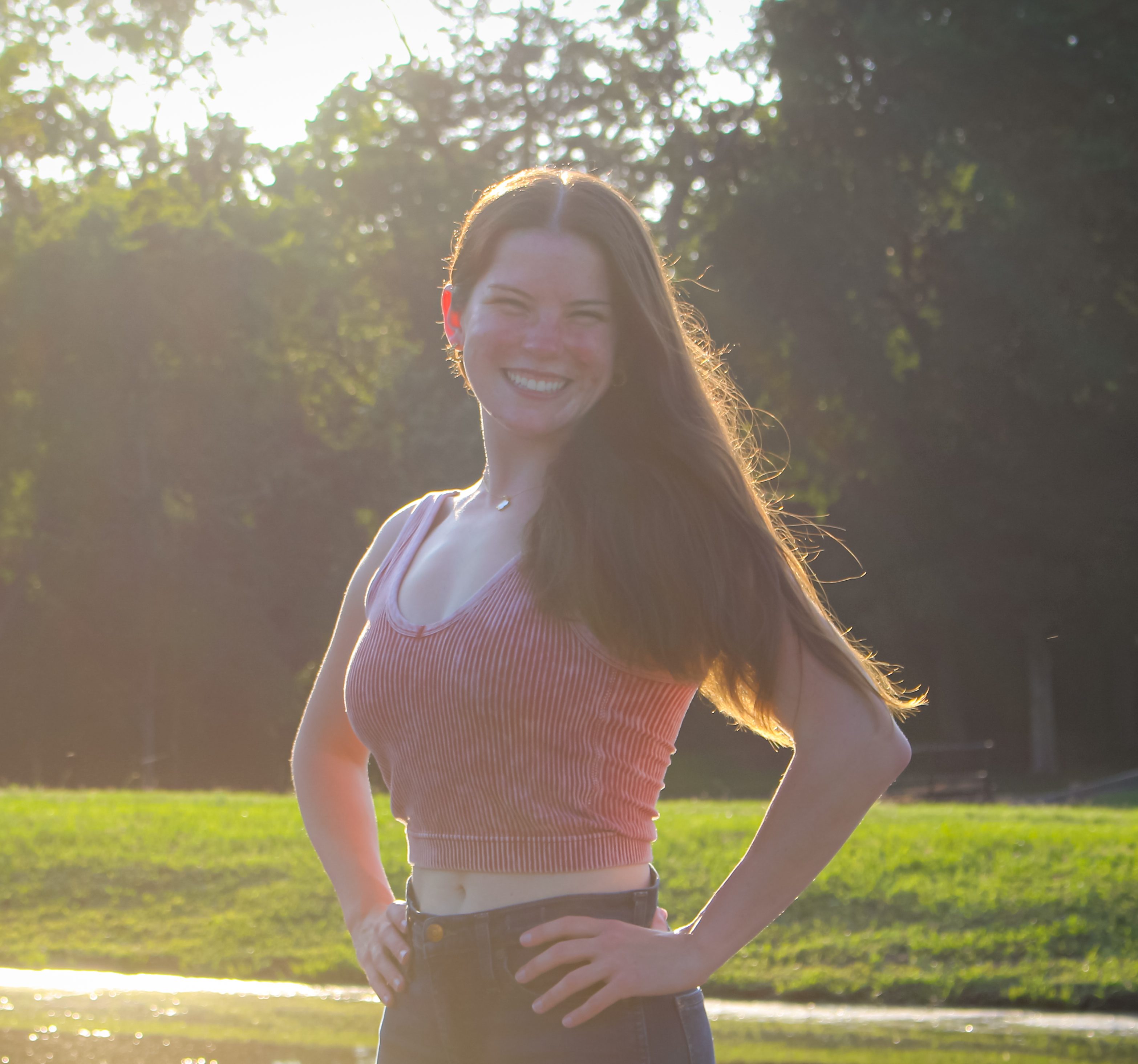
My name is Natalie, and I am a survivor of about 13 years of absolute psychological torture from Complex PTSD symptoms. For the longest time, I thought I was inherently sick and broken beyond repair. I spent over a decade running around in circles in the medical system trying to figure out what was “wrong” with me and how to “fix” it.
♡ What is Complex PTSD? ♡
Complex PTSD symptoms come from severe, prolonged, and numerous incidents of trauma, typically of a relational nature. Symptoms can come from any type of trauma, though, and the trauma doesn’t necessarily have to stem from childhood — adults can develop CPTSD as well. Trauma can damage the brain and shrink the hippocampus, causing many of the symptoms of CPTSD. I decided to go public with my story to be a voice for the voiceless. There are too many survivors being told CPTSD is a lifelong sentence, and they are not being given the tools they need to overcome their symptoms.
♡ My Story ♡
I endured multiple types of traumas starting at around age thirteen, including numerous situations of both individual and large-group interpersonal cruelty. Some of these situations forced me to switch environments. My body couldn’t fathom what was happening, and my nervous system shut down. I saw danger everywhere, operated in a panicked survival mode, and lived in fear, anxiety, and isolation. I did my best to appear “normal” on the outside, keep a smile on my face, and control what was happening on the inside, distracting myself with extreme workaholism and doing nice things for others. I took active steps to keep branching out in confidence again, but these traumas kept piling onto each other and overlapping. I wasn’t ready to give up yet, though, because I knew my family and friends would be distraught if I did. The most difficult and heartbreaking part of my story is that the two communities I set out to seek healing in—religion and the medical system itself—caused further trauma when some religious leaders, congregation members, and medical professionals chose to take advantage of my vulnerability for their own motives. In most of these situations, I didn’t even realize I was a victim until outsiders pointed it out for me and that my vulnerability made me a target of malicious people. Each future situation of being targeted was just salt on the wound of the original incident.
♡ My Struggles to Find Answers ♡
What I went through all those years was so severe, and my symptoms and physical body reactions as a result were so excruciating that I went as far as to see a neurologist, concerned that my symptoms were the result of some sort of nervous system disorder. However, he returned with no paperwork in his hands to inform me that there was nothing wrong with me but that I was simply completely traumatized, and my body reacted accordingly. I finally realized that my symptoms were not the result of an inherent mental or physical illness and began to take a trauma-based approach to my healing after many years of believing that I was “sick” for the rest of my life. My true progress began when I finally rejected the lies that were told to me that I would have to manage my symptoms for the rest of my life and made the decision to believe that I was fully capable of healing from my excruciating pain.
♡ Finding My Own Healing ♡
I am excited to share tips for natural, somatic, and holistic healing that have helped me overcome things like dissociation, flashbacks, sleep challenges, anxiety, hypervigilance, and more. I began to pursue unique methods of healing after many years of not seeing much progress through westernized care, and this was the catalyst for fast-tracking my healing. I aim to help survivors overcome their feelings of self-guilt, blame, and humiliation and help them realize that their bodies had normal reactions to abnormal situations.
I’m so glad I didn’t give up when my pain felt unbearable. I know what I’ve survived. I know the work I’ve put in to overcome it. I am finally living a life of consistent peace and contentment, and I am sharing my story from the other side. I hope to encourage other survivors that there was never anything wrong with them to begin with and that they are capable of living healthy, happy, and fulfilled lives. I aim to live my life in love of both others and myself, understanding that everyone has a story of their own. I am grateful to the CPTSD Foundation for giving me an opportunity to share my story.
♡ Personal Blog ♡
To learn more about my healing journey, please visit my personal blog, “Little Cabin Life,” at:
littlecabinlife.com
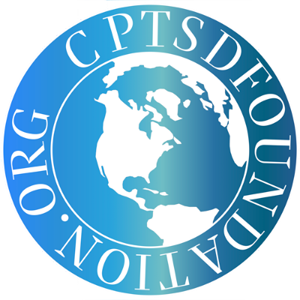
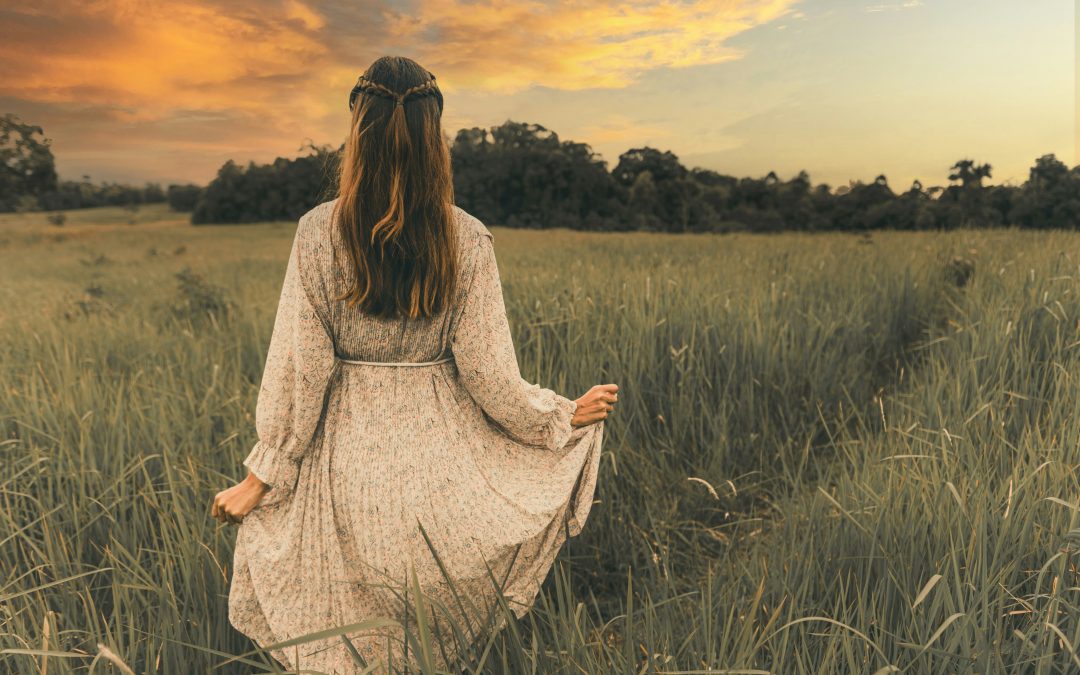

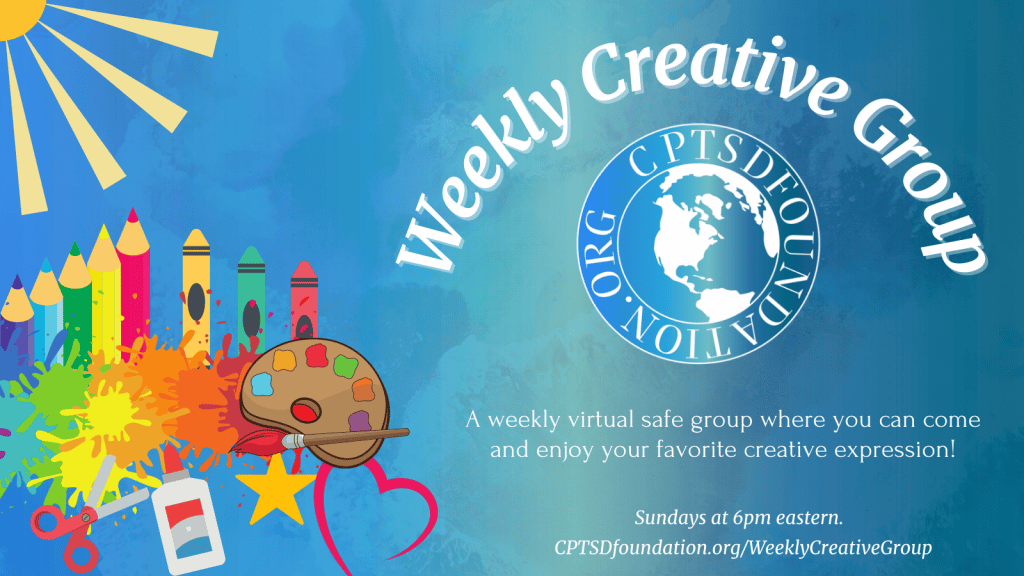
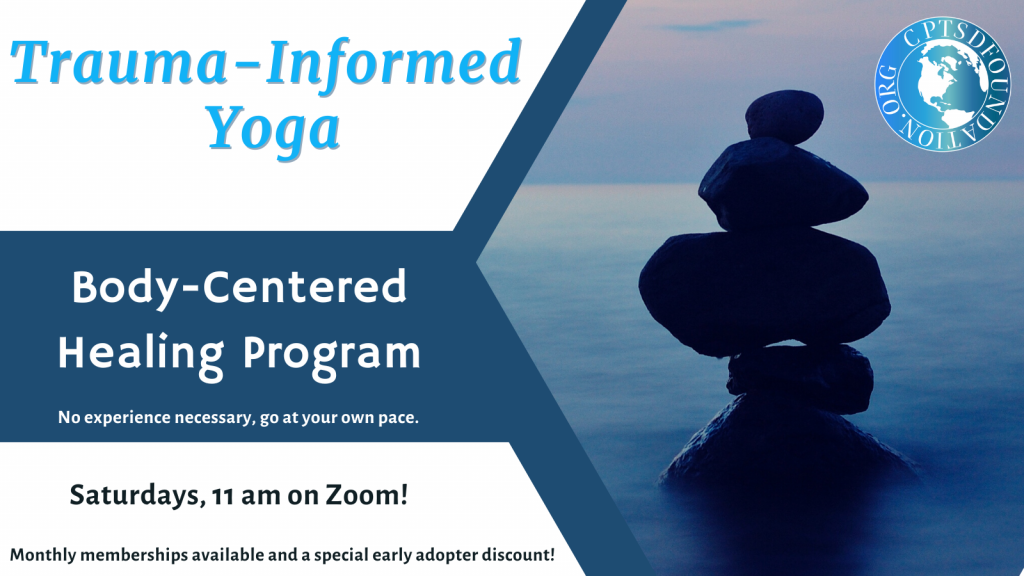
What a wise piece on embracing empath and HSP strengths. Your descriptions of sensitivity as clarity, compassion, and energetic attunement felt validating and empowering. I appreciated the practical boundaries and self-care suggestions grounded in lived experience. This post reframes sensitivity as resilience and leadership; thank you for offering permission to honor these gifts and navigate them with confidence and grace.
Zandra,
I’m happy to hear that this piece of mine inspired you! Thank you so much for your beautiful words. ♡
Sincerely,
Natalie